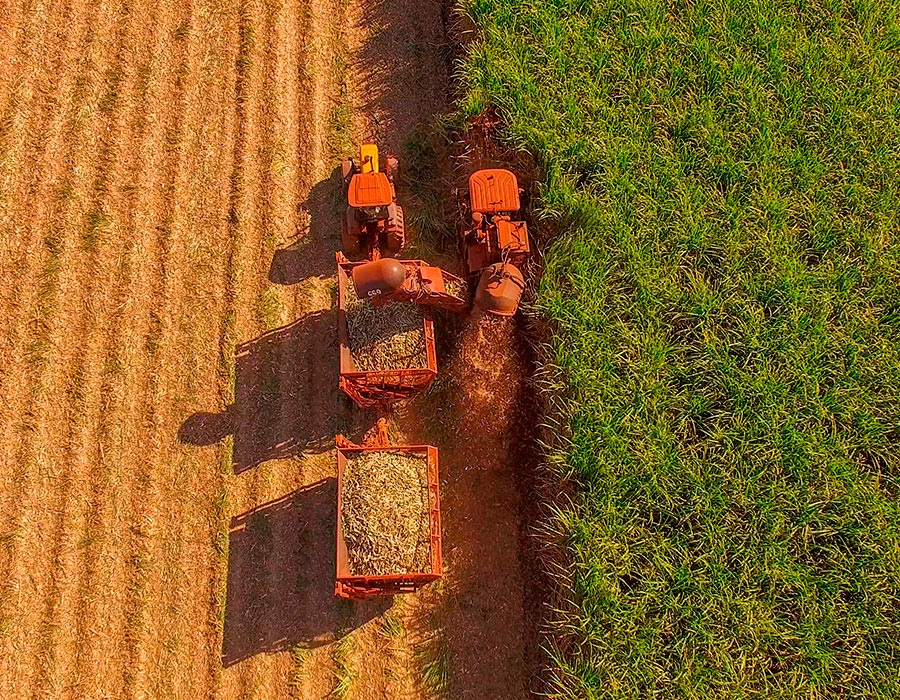Despite various applications, most agricultural commodities are intended for human and animal feed, while others have mixed use, both as a food source and industrial ingredient. According to the Food and Agriculture Organization of the United Nations, with the expectation that the world population will jump from 7.5 billion to 11.8 billion in 2100, agricultural commodities are expected to play an even greater role in the coming decades.
To be considered a commodity, they must satisfy three conditions:
- Standardization
- Have an expiration date
- Variable price
Agricultural products also fall into one of six categories:
- Cereal grains
- Oilseeds
- Beef
- Dairy products
- Other basic products
- Other varied grain products
Who buys and sells these products?
Also known as commodity traders, these professionals have among their obligations to buy and sell agricultural products in the form of merchandise. They can work as intermediaries, buying from farmers and selling to other companies, or they can buy and process them at the company they work for. A fundamental aspect of this work is to develop purchasing strategies that offer ideal prices, quality, reliability and stocks for all goods.
Market analysis
Supply and demand determine commodity prices. A low supply increases demand, and this makes prices higher. It may seem simple, but trying to discover the price trend is very complex and depends on several factors: environmental problems, technological changes, political and economic problems, among others. Traders spend a great deal of time trying to discover these price variations based on an analysis of historical price patterns and inventory levels.
Education
These dealers come from areas as disparate as agronomy, commerce and business administration and specialize in commodity trading.
Relationships
Like any business area, maintaining good relationships contributes to the process of buying and selling commodities to flow more easily. Strong relationships are essential to this work and can last for many years.
Economy
Having a good knowledge of basic economic principles is important to act in the purchase and sale of commodities. Changes in supply and demand, in storage and transportation costs for grains make professionals, over time, learn to manage the commodities pipeline, from the producer to the end user, logistics, contracts and quality control.
Risks
A commodity market risk is one that affects a company’s performance or finances due to fluctuations or that its position is adversely affected by price changes. Agricultural commodities always represent a risk because they are tangible. Environmental or political events can affect price and production. To avoid risks, it is necessary to carry out a good risk management, which identifies potential problems in advance, allowing measures to reduce the risks.
Skills
Being a quality professional requires a number of skills, some are essential:
- Negotiation skills
- Price negotiation, shorter delivery time
- Analytical and interpretation skills
- Collection and analysis of data for the purchase and sale of goods
- Mathematical skills
Mathematics is used to determine the likelihood of risks occurring
Technology is one of the ways to manage commodities efficiently. The use of Big Data drives the best analysis and decisions about buying and selling commodities. COSTDRIVERS is a global platform that provides information on prices and costs in various segments. Talk to our experts to find out how we can help your company.



